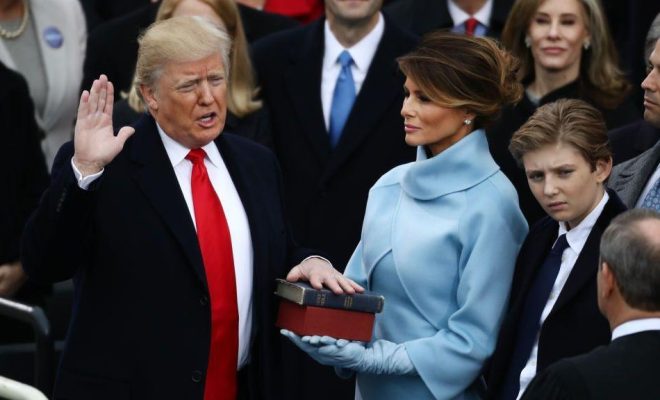Debates over Supreme Court Term Limits Reignited

The longstanding debate over imposing term limits on Supreme Court Justices has gained renewed attention in recent months, sparked by a series of controversial rulings and growing concerns about the court’s politicization.
Proponents of term limits argue that they would:
- Reduce Political Tension: Regular, predictable vacancies could lower the stakes of each nomination, potentially reducing partisan conflict.
- Ensure Fresh Perspectives: Term limits would bring new voices and contemporary viewpoints to the court more frequently.
- Align with Modern Lifespans: As life expectancies have increased, lifetime appointments have led to justices serving for increasingly long periods.
- Enhance Court Legitimacy: Regular turnover could help maintain public trust in the institution by preventing any single ideological bent from dominating for too long.
Opponents counter that term limits would:
- Threaten Judicial Independence: The security of lifetime tenure allows justices to make decisions without fear of political repercussions.
- Require Constitutional Amendment: Implementing term limits would likely necessitate amending the Constitution, a challenging and divisive process.
- Increase Political Maneuvering: Term limits might intensify efforts to time retirements for political advantage.
- Disrupt Institutional Memory: Long-serving justices bring valuable experience and historical perspective to the court.
As the debate continues, various proposals have emerged, including 18-year terms with justices rotating to lower courts afterward, or a mandatory retirement age. The discussion reflects broader concerns about the role and structure of the judiciary in American democracy.






